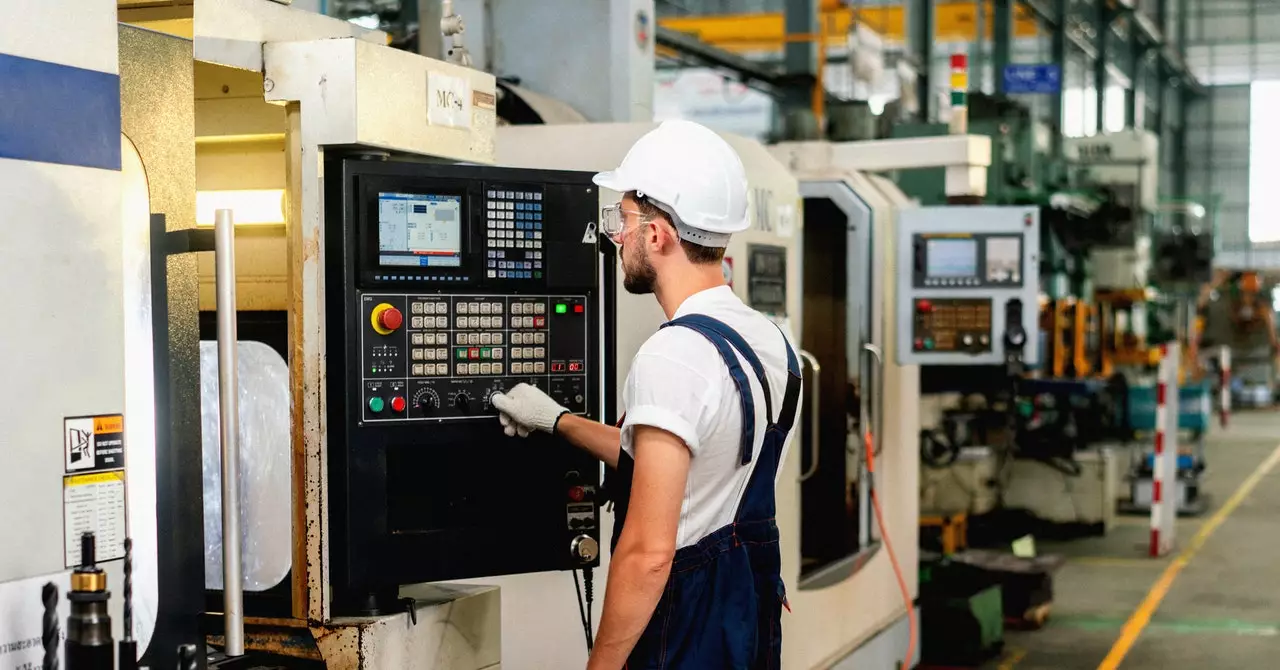In the realm of industrial manufacturing, steel ball bearings play a quintessential role, facilitating low-friction operations that are essential for the functioning of numerous machines, from lathes to automotive engines. Although the fundamental machinery used for shaping steel ball bearings has remained relatively unchanged since the early 20th century, the environment surrounding this manufacturing process has seen significant advancements. Most notably, the integration of automation and artificial intelligence (AI) has transformed production lines into sophisticated, seamless systems that enhance efficiency and quality control.
Today’s production methods for steel ball bearings rely heavily on advanced technology, with automation as the driving force. The process begins with steel wire, which is meticulously cut and pressed into initial ball shapes. These rough forms are then subject to a rigorous hardening process in furnaces, followed by a series of grinding procedures meant to achieve an exceptional level of precision—up to a tenth of a micron. These steps, while seemingly straightforward, illustrate the complexity and care needed in modern manufacturing, emphasizing the importance of achieving exact specifications to maintain high performance in end-use applications.
One context where innovation shines is at the Schaeffler factory in Hamburg. Here, not only do manual tasks transition to automated systems, but the role of human oversight is evolving. Traditionally, human operators were crucial in identifying inefficiencies or defects in production. However, as we witness the rise of smart technologies, the reliance on human intuition is shifting toward enhanced data-driven governance powered by AI.
AI: The Future of Quality Control
Modern manufacturing is not devoid of errors, and when defects emerge, the challenge often lies in their identification and rectification. Tracing the genesis of a problem within an assembly line is fraught with hurdles because the symptom may not directly indicate the origin. For instance, a defect might be linked to miscalibrated machinery or the degradation of equipment like grinding wheels. Thus, manufacturers are tasked with the complex job of correlating data across disparate systems that were not initially designed to communicate effectively.
This is where innovative solutions like Microsoft’s Factory Operations Agent come into the picture. This advanced AI tool employs large language models to provide insights into manufacturing issues, offering a semblance of intelligent reasoning without veering into autonomous decision-making. As factories evolve, Schaeffler stands at the forefront of leveraging this technology, having adopted this new system to diagnose causes of defects and inefficiencies.
What sets the Factory Operations Agent apart is its integration into existing data frameworks like Microsoft Fabric, a platform dedicated to data analytics. This allows manufacturers like Schaeffler to harness data from numerous facilities worldwide, creating an extensive reservoir of operational intelligence. The agent assists factory personnel by allowing them to query the system about particular manufacturing anomalies, thus retrieving data that spans multiple dimensions of the production process.
Kathleen Mitford, a Microsoft executive, aptly describes the system as a “reasoning agent” designed to enhance data accessibility across manufacturing contexts. By doing this, workers can conduct more informed investigations into issues that arise, enabling swifter resolutions and better-informed operational decisions.
AI as a Tool for Enhancement, Not Replacement
Despite the advancements AI brings, it’s crucial to acknowledge the agent’s limitations. Classifying it as a non-agentic AI underscores that it lacks autonomous objectives and can only respond to user inquiries. While this serves as an invaluable tool for refining the operational workflow, it does not aim to replace the human workforce. The ultimate goal remains to leverage AI as an enhancement, improving data accessibility and decision-making processes rather than independent problem-solving.
As the manufacturing landscape continually evolves, the incorporation of advanced automation and AI represents a paradigm shift that bolsters productivity, enhances precision, and paves the way for smarter factories. The development at Schaeffler serves as a prime example of how embracing tech-driven solutions can redefine the conventional manufacturing environment, merging time-tested traditions with futuristic technologies.

